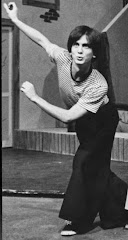 Alan Carr was a film and stage impresario who excelled at party planning and anything flamboyant. He began in PR, and helmed the ad campaign which turned a starless low-budget film in 1977 into a cultural phenomenon. That film was Saturday Night Fever, and it brought disco into the mainstream. Carr next produced (and wrote) the screen adaptation of Grease, providing one of the biggest smashes in the history of musical film. Meanwhile, everyone was scrambling to capitalize on the disco craze, Carr included, and he came up with the gigantic flop from which this week's Dance Party is plucked.
Alan Carr was a film and stage impresario who excelled at party planning and anything flamboyant. He began in PR, and helmed the ad campaign which turned a starless low-budget film in 1977 into a cultural phenomenon. That film was Saturday Night Fever, and it brought disco into the mainstream. Carr next produced (and wrote) the screen adaptation of Grease, providing one of the biggest smashes in the history of musical film. Meanwhile, everyone was scrambling to capitalize on the disco craze, Carr included, and he came up with the gigantic flop from which this week's Dance Party is plucked. resume (for Lenny), but had failed to achieve anything remotely resembling that earlier success. In supporting roles, Carr used established, but fading, stars such as Tammy Grimes, Barbara Rush, and June Havoc. Even Mrs. Sammy Davis, Jr. showed up. These all seem unusual choices for a disco film, wouldn't you think? But Carr went further, and cast this guy in the romantic leading role:
resume (for Lenny), but had failed to achieve anything remotely resembling that earlier success. In supporting roles, Carr used established, but fading, stars such as Tammy Grimes, Barbara Rush, and June Havoc. Even Mrs. Sammy Davis, Jr. showed up. These all seem unusual choices for a disco film, wouldn't you think? But Carr went further, and cast this guy in the romantic leading role: In the late 70s, though, Jenner was legitimately known as the greatest athlete on earth. The whole planet had watched his gold medal performance in the decathlon during the '76 Olympics, and he was very photogenic. Sadly, he possessed the charisma of limp lettuce, and the acting talent to match. After testing for the leading role in Superman, and of course losing it, he landed in Can't Stop the Music. He's hilariously bad, and it is his only appearance in a feature film to date. Even more, he landed in one of the campiest, most pseudo-homoerotic outfits ever seen onscreen:
In the late 70s, though, Jenner was legitimately known as the greatest athlete on earth. The whole planet had watched his gold medal performance in the decathlon during the '76 Olympics, and he was very photogenic. Sadly, he possessed the charisma of limp lettuce, and the acting talent to match. After testing for the leading role in Superman, and of course losing it, he landed in Can't Stop the Music. He's hilariously bad, and it is his only appearance in a feature film to date. Even more, he landed in one of the campiest, most pseudo-homoerotic outfits ever seen onscreen: was responsible for several disco hits. Their songs included lyrics which winked at their gay fans while leaving an impression with middle America that the group was lousy with machismo. The Village People tunes were peppy and eminently danceable, and they provided the musical inspiration
was responsible for several disco hits. Their songs included lyrics which winked at their gay fans while leaving an impression with middle America that the group was lousy with machismo. The Village People tunes were peppy and eminently danceable, and they provided the musical inspirationshow up to accept the dishonor. In 1981, the very first Razzie as the Worst Film of the Year went to Can't Stop the Music.
Our Dance Party clip was placed in the film as security, as it was already the Village People's most well-established hit (it still is). It is a fair representation of the entire movie, filled with the flamboyant excess which Allan Carr loved. By placing sexpot Valerie Perrine at its center, he seemed to think that it would mask the overt homo-eroticism of the number. Instead, it's an over-the-top, hilariously rendered, display of beefcake.


















































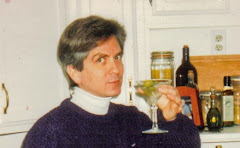
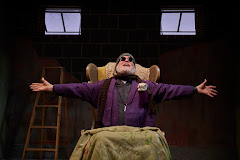



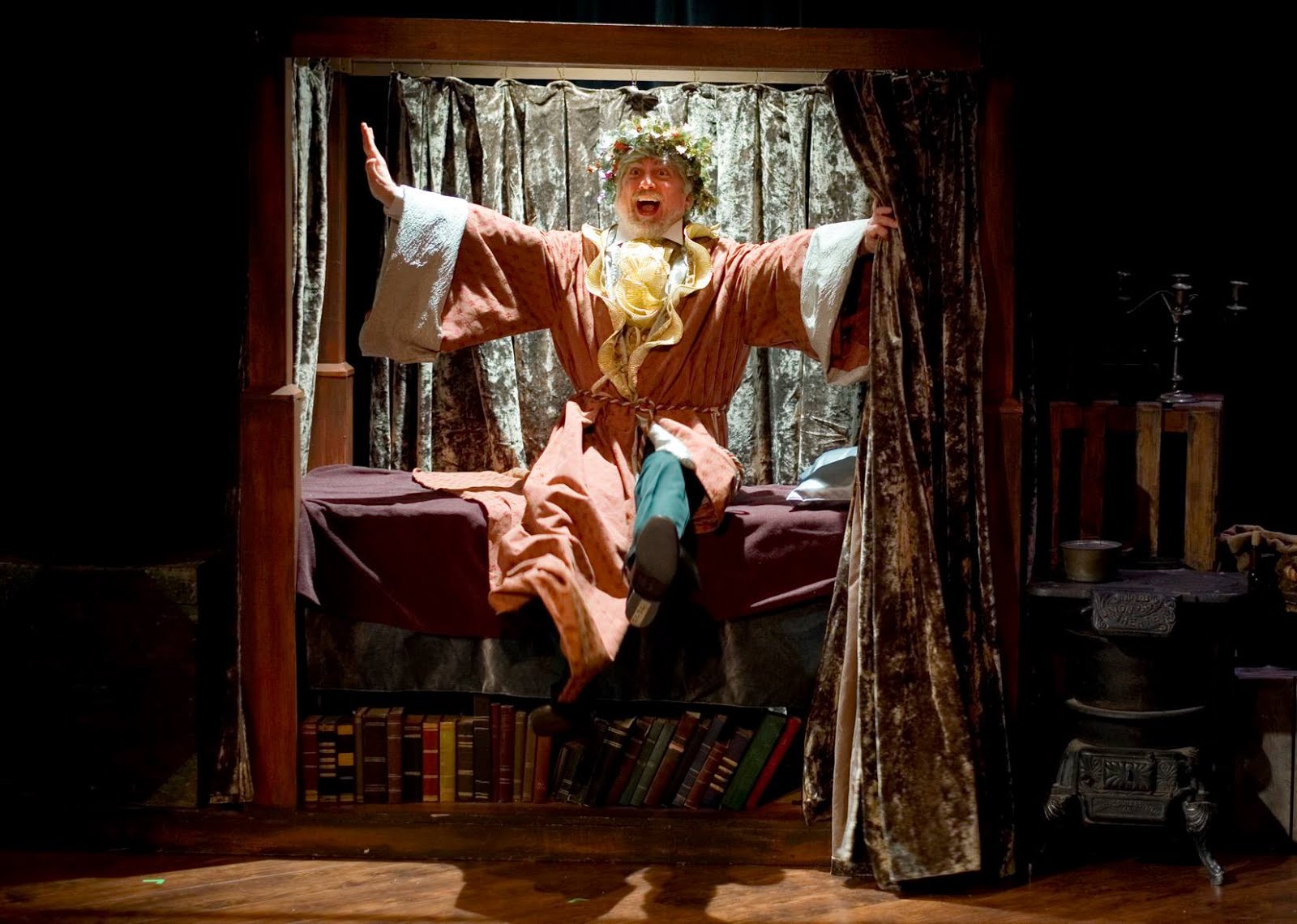
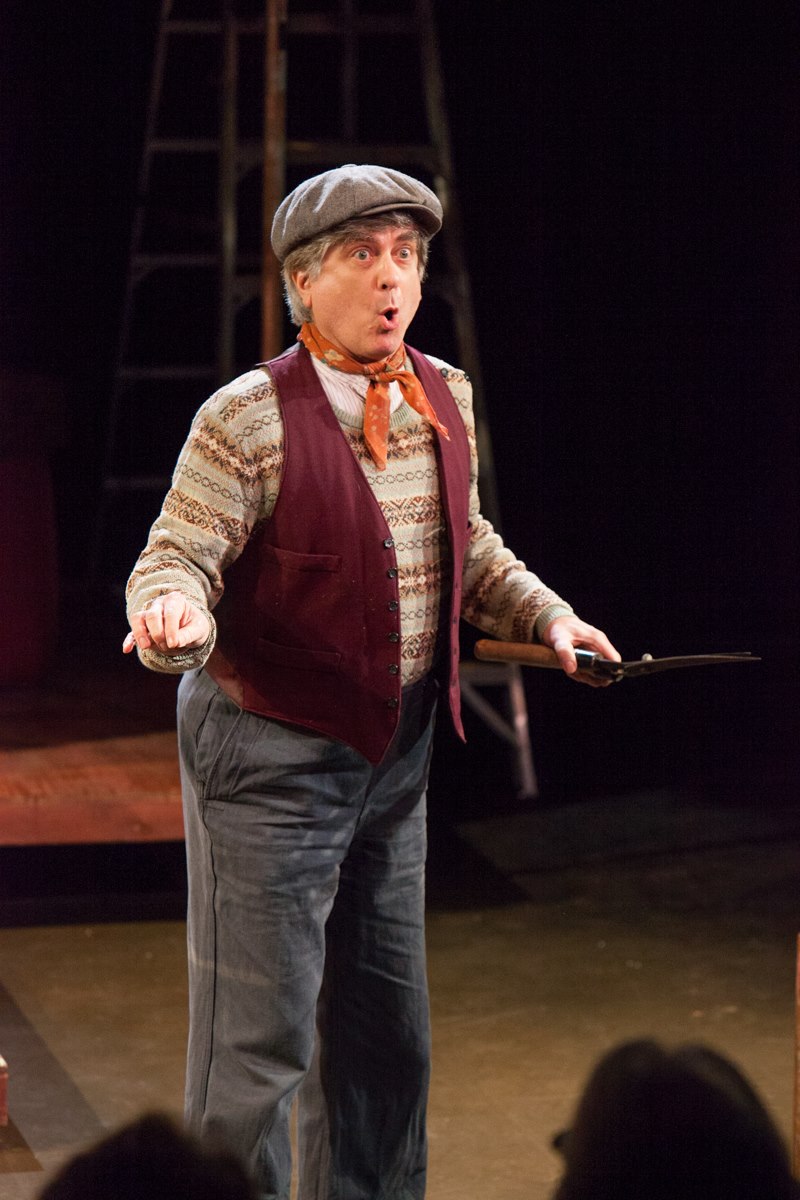
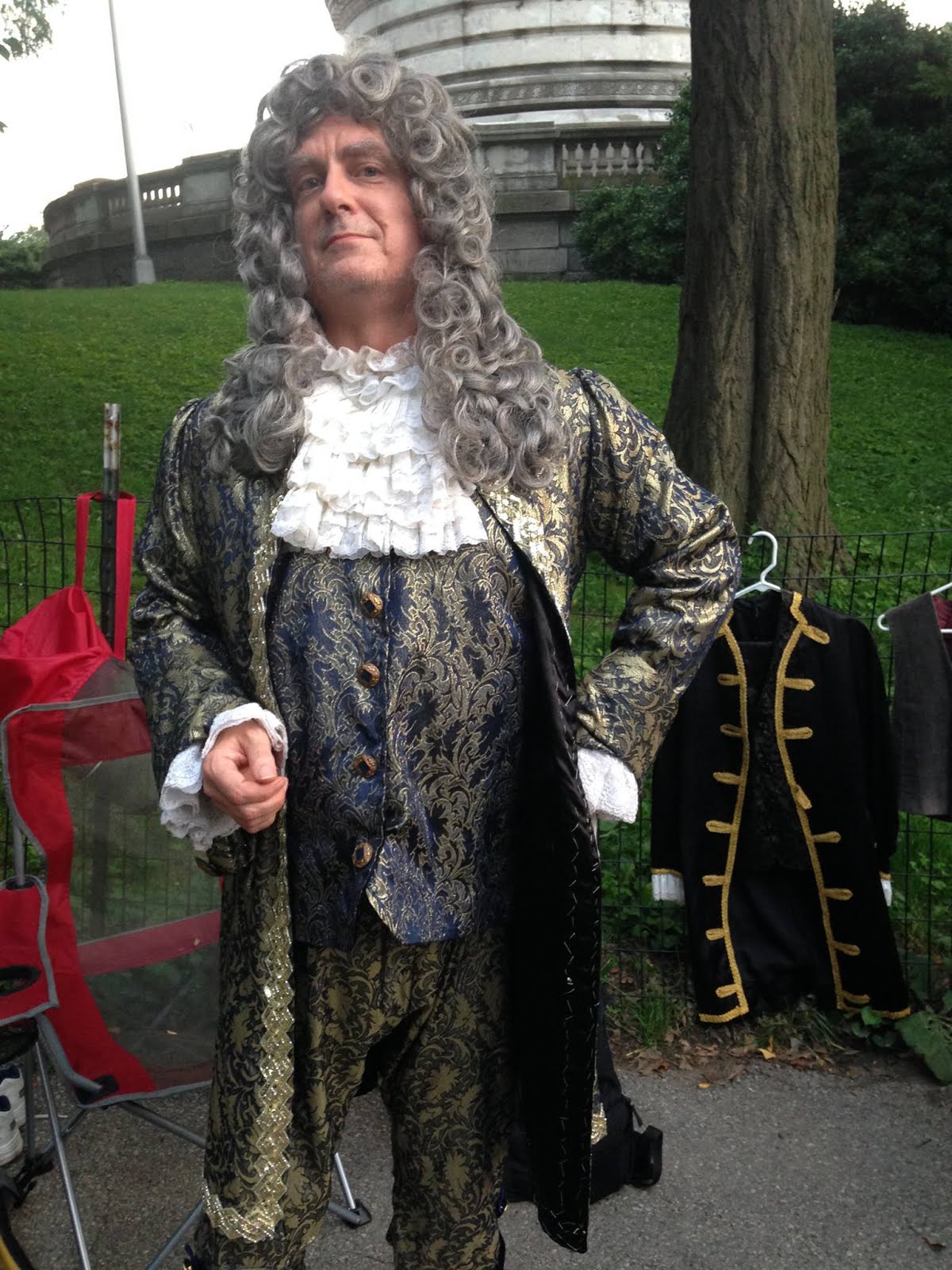
















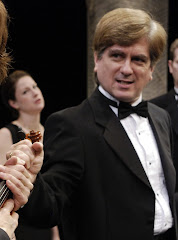
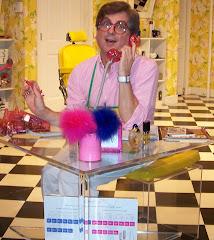

,+Olney+Theatre+Center,+2004.jpg)



,+Shakespeare+Theatre+Company,.jpg)
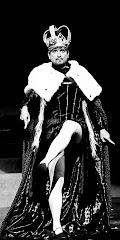

,+Warehouse+Theatre,+1999.jpg)
,+Are.jpg)
,+Everyman+Theatre,2002.jpg)
,+First+Nationa.jpg)
,+Shakespeare+Theatre+Company,.jpg)
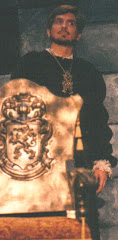


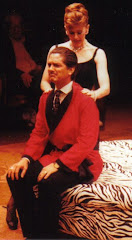

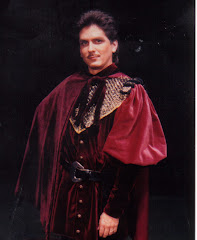
,+Granada+Th.jpg)
,+Globe+Playhouse,.jpg)
,+CSUN,+1976.jpg)
